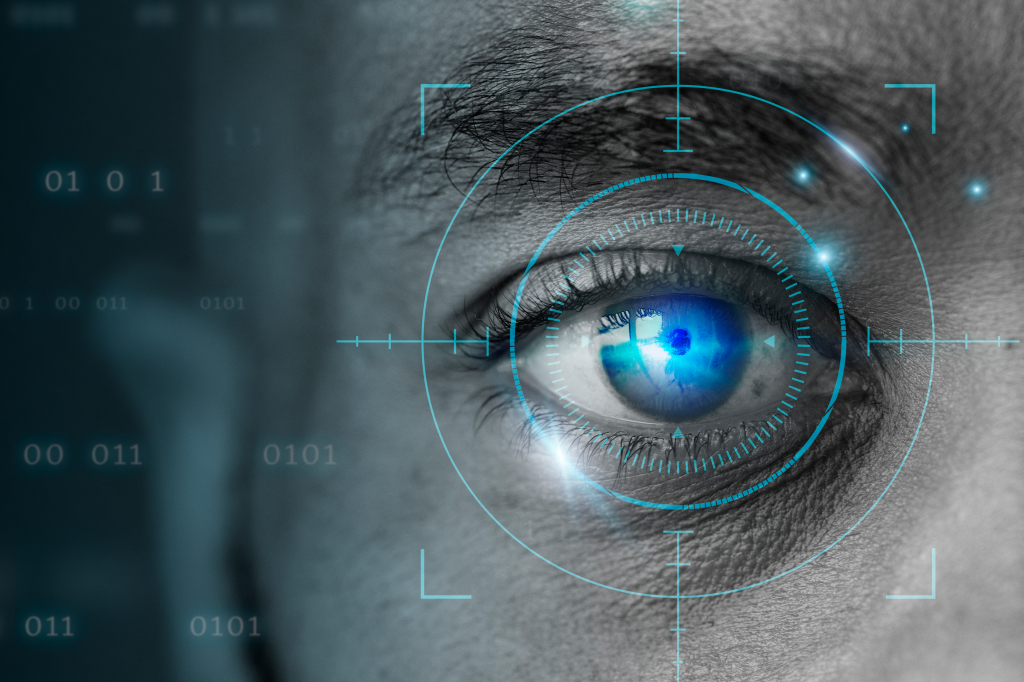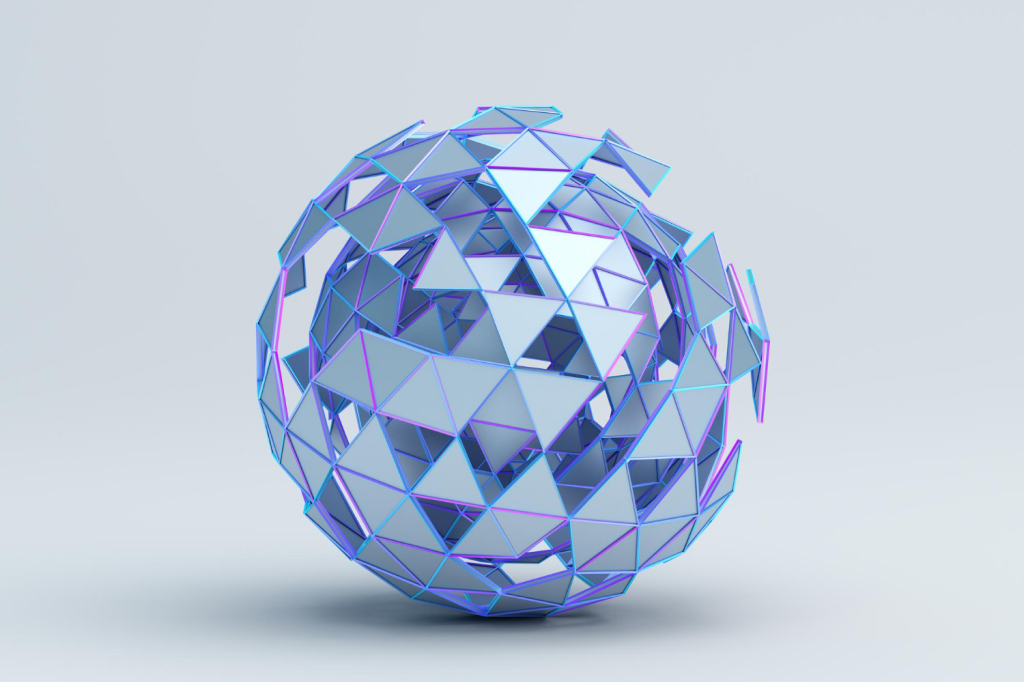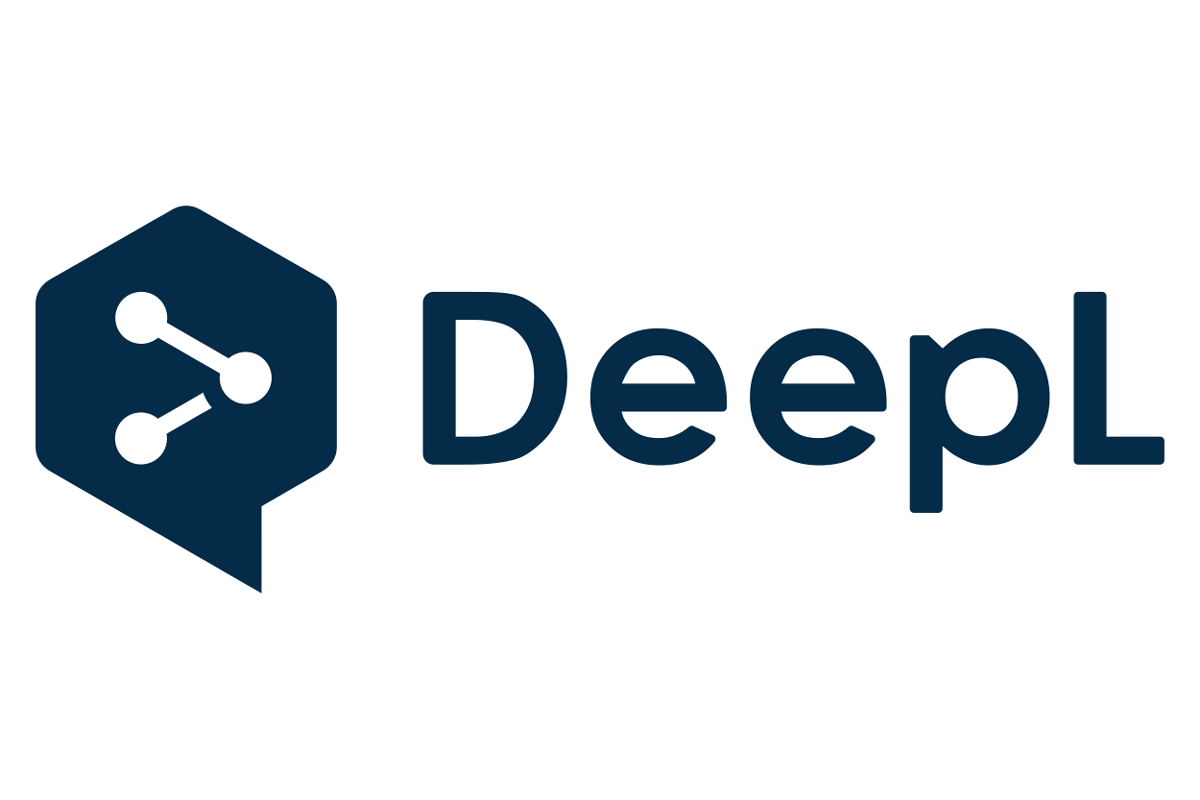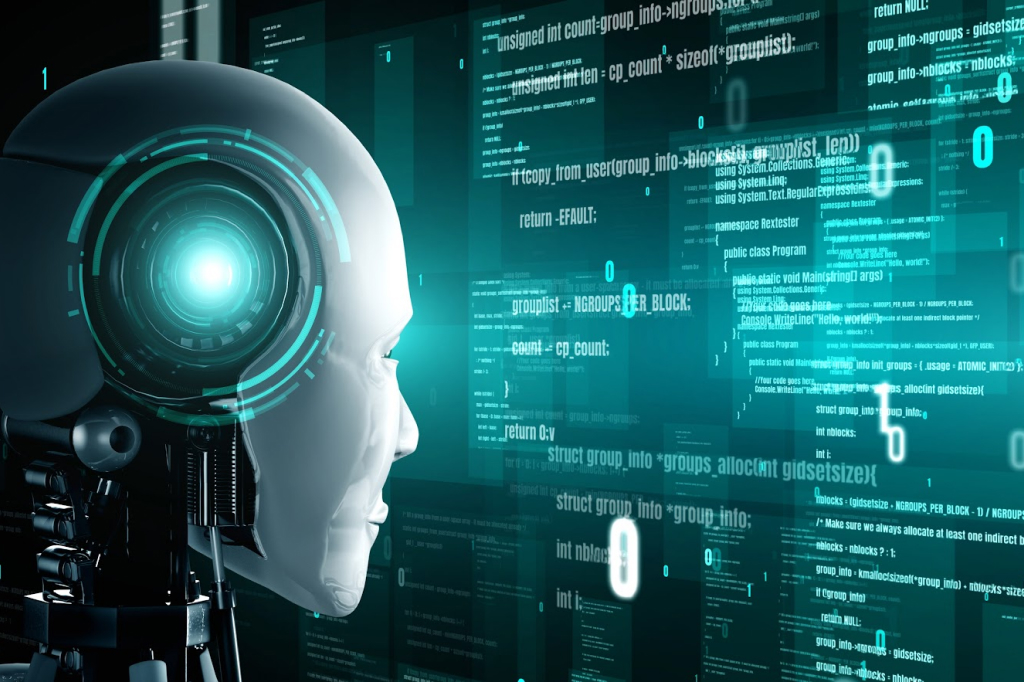
What is Computer Vision?
Computer vision is a discipline of computer science that focuses on the ability of machines to identify and understand visual content. It attempts to replicate the ability of the human visual system through machines and computer systems. This includes the acquisition, analysis, processing, and understanding of digital images to produce numerical or symbolic data.
The main objective of computer vision is to automate and enhance human vision in computers. It uses various techniques and algorithms, such as deep learning, to interpret and understand the visual world through images and videos.
Functions related to the image
Computer vision offers a vast set of functionalities related to image manipulation and analysis. Some of these functions are:
- Edge Detection: Finds the boundaries or contours of objects within an image.
- Image Segmentation: Divides an image into its constituent components or regions.
- Pattern Recognition: Identifies repetitive patterns in the image, such as textures or shapes.
- Feature Detection: Finds points of interest in an image, such as corners or specific regions.
- Object Tracking: Tracks the position of an object over time within a sequence of images or video.
- Stereopsis: Allows perception of depth and three-dimensional structure of a scene from two or more images.
- Optical Character Recognition (OCR): Identifies printed or written characters in an image.
- Text Extraction: Similar to OCR, but can extract text from specific areas of an image.
- Face Recognition: Identifies human faces in digital images.
- Object Recognition: Identifies a specific object in an image or video.
- Scene Recognition: Identifies the overall environment or context presented in an image or video.
- Motion Detection: Perceives motion of objects between sequences of images or video.
- Image Restoration: Improves the quality of an image by removing noise, blurriness, etc.
- Image Transformation: Changes the perspective of an image or modifies its geometry.
- Colorimetry: Measures and analyzes coloration in an image.
- Superresolution: Enhances the resolution of an image.
- Pose Estimation: Determines the posture or angle of a specific object in an image or video.
- Steganography: Masks information within an image.
- Anomaly Detection: Identifies unusual or anomalous elements in an image.
- Image Augmentation: Creates new images from existing ones using techniques such as rotation, scaling, color change, etc.
Functions related to video
In the case of videos, computer vision allows various functions and techniques to be applied, many of which extend from operations performed on static images. Here are some specific functions for analyzing and processing videos:
- Object Tracking: Tracks the position of an object over time within a video sequence.
- Motion Detection: Identifies the change in position of objects between consecutive frames.
- Activity Recognition: Identifies specific actions or activities performed in a video sequence.
- Video Segmentation: Divides a video into segments or scenes sharing similar characteristics.
- Video Stabilization: Reduces the effect of camera movement in a video sequence.
- Optical Flow Analysis: Estimates the movement of each pixel between consecutive frames in a video sequence.
- Scene Change Detection: Identifies when the scene changes in a video sequence.
- Real-time Facial Recognition: Identifies and tracks faces in a video sequence in real-time.
- Real-time Object Recognition: Identifies and tracks specific objects in a video sequence in real-time.
- 3D Pose Estimation: Estimates the three-dimensional posture of an object or person over time in a video.
- 3D Reconstruction from Video: Generates a three-dimensional model of a scene from a video sequence.
- Video Synthesis: Creates new video sequences from existing ones using techniques such as rotation, scaling, color change, etc.
- Crowd Analysis: Counts and tracks people in a crowd in a video.
- Motion Capture: Records the movement of people or objects for use in digital animation or sports analysis.
- Behavior Analysis: Observes and interprets behaviors of people or objects in videos.
Use Cases
Computer vision has a multitude of applications in the real world, particularly when it comes to image analysis and processing. Here are several examples of use cases across various industries:
- Health: Computer vision algorithms are used to analyze medical images, such as magnetic resonance imaging (MRI) and computed tomography (CT), to identify signs of diseases. For instance, Google DeepMind developed an AI that can diagnose eye diseases by analyzing retina scans.
- Automotive: Driver assistance systems, like Tesla’s Autopilot, use computer vision to detect other vehicles, pedestrians, traffic signs, and lane markings in real-time.
- Social Media: Social media platforms, such as Facebook and Instagram, employ computer vision to identify and tag people in photos. C Computer vision algorithms are also used to moderate content, removing images that violate their policies.
- Retail: H&M’s online store allows users to upload an image of a fashion item they like, and the computer vision system will search for similar products available in the store.
- Agriculture: Agrobot, a company based in Huelva, has developed smart robots for fruit harvesting. Their E-Series robot, designed for strawberry picking, uses computer vision to identify strawberries that are ready for picking.
- Security and Surveillance: Prosegur is implementing computer vision technologies in their video surveillance systems to enhance intruder detection, identify suspicious vehicles, and detect anomalous behaviors.
- Photography: Digital cameras and photography apps, like Adobe Photoshop and Lightroom, employ computer vision for functions like facial recognition, image enhancement, and automatic color correction.
- Augmented Reality: Augmented reality apps, like Snapchat and Pokemon Go, utilize computer vision to overlay images and graphics onto the real world.
- Entertainment and Media: Video streaming companies, like Netflix and YouTube, use computer vision to analyze and categorize video content. This can help improve content recommendations for users.
- Sports: Hawk-Eye, a system used in sports like tennis and soccer to track the ball’s trajectory and determine if it has crossed a line.
- Education: Proctorio is an online monitoring platform that tracks a student’s eye movement, detects if they are looking at another monitor, and checks if they are using a mobile phone or another unpermitted aid. Furthermore, it can detect suspicious sounds in the student’s environment, like the whisper of a voice. This type of application has sparked debate over privacy concerns and stress for students.
Computer Vision Tools and Libraries
Various tools and libraries make computer vision implementation easier:
- OpenCV: OpenCV (Open Source Computer Vision Library) is one of the most popular and powerful computer vision libraries. It offers over 2,500 optimized algorithms that can be used for various tasks.
- TensorFlow: TensorFlow is an open-source machine learning library developed by Google. Though not specifically designed for computer vision, it’s widely used in the field because of its support for deep neural networks and machine learning algorithms. Keras is a high-level interface for TensorFlow that simplifies the development of deep learning models. It is commonly used in computer vision applications to implement convolutional neural networks.
- PyTorch: PyTorch is another popular deep learning library used in computer vision. Developed by Facebook’s artificial intelligence lab, it’s known for its flexibility and efficiency.
- Google Cloud Vision API: This API employs machine learning to analyze images. It can detect objects and faces, read printed and handwritten text in images, and even identify company logos.
- Microsoft Cognitive Services: It’s a collection of APIs allowing developers to build applications that can see, hear, speak, understand, and even interpret user needs. Specifically, the computer vision API offers functions like image analysis and face detection.
- Azure Custom Vision Service: This Microsoft Azure service lets you build and refine your own image classification or object detection models. Puedes personalizar tus propios modelos utilizando tus propias imágenes y etiquetas, y luego exportarlos para usarlos en tus aplicaciones.
- IBM Watson Visual Recognition: This IBM API allows for the analysis of the visual content of images or videos. It provides functionalities like object identification in an image, facial recognition, and detection of explicit content. You can also train your own image classification models using your own data.
At Qualitapps, we are at the forefront of this exciting area of technology. We have a team of artificial intelligence specialists trained to implement solutions using the most advanced computer vision libraries and APIs. Additionally, we have the ability to create our own machine learning models, allowing us to customize our solutions to meet the specific needs of our clients.





